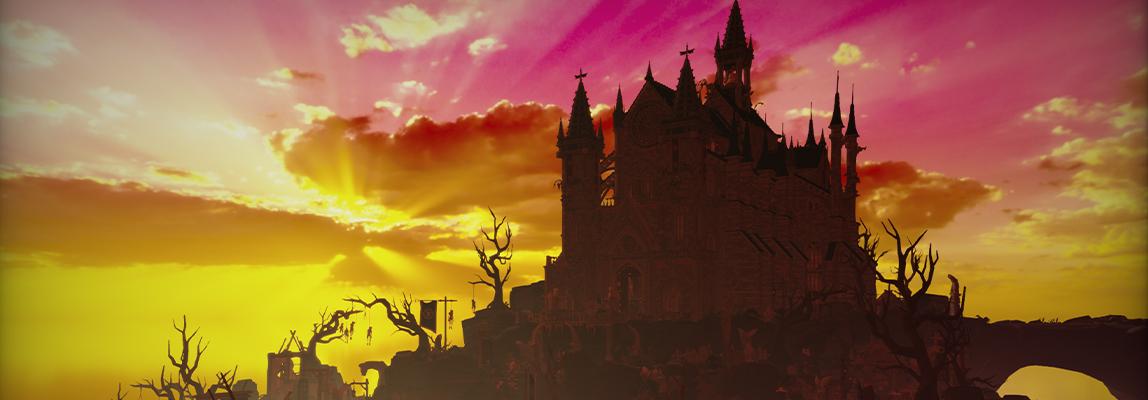
Ferri de Lange on building a custom engine and tackling rendering challenges
02/19/2025 - 15:53
Ferri de Lange, a third-year student in the Creative Media and Game Technologies (CMGT) programme with a focus on graphics programming, is working on an ambitious year-long project. As the lead programmer, he and his team are developing a first-person shooter from scratch using a custom-built engine in C++. In this interview, Ferri shares insights into the project, the challenges faced, and his aspirations for the future.